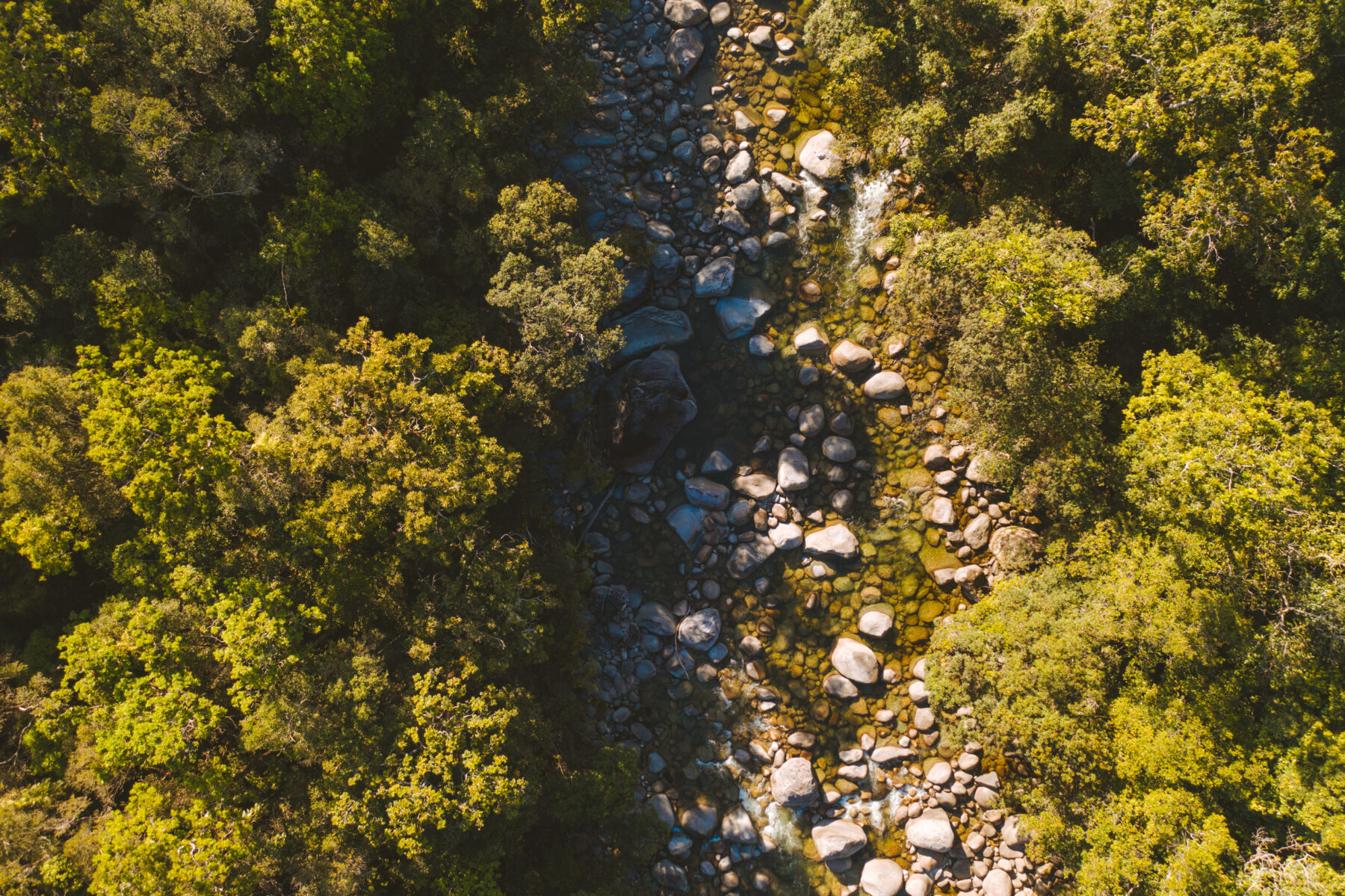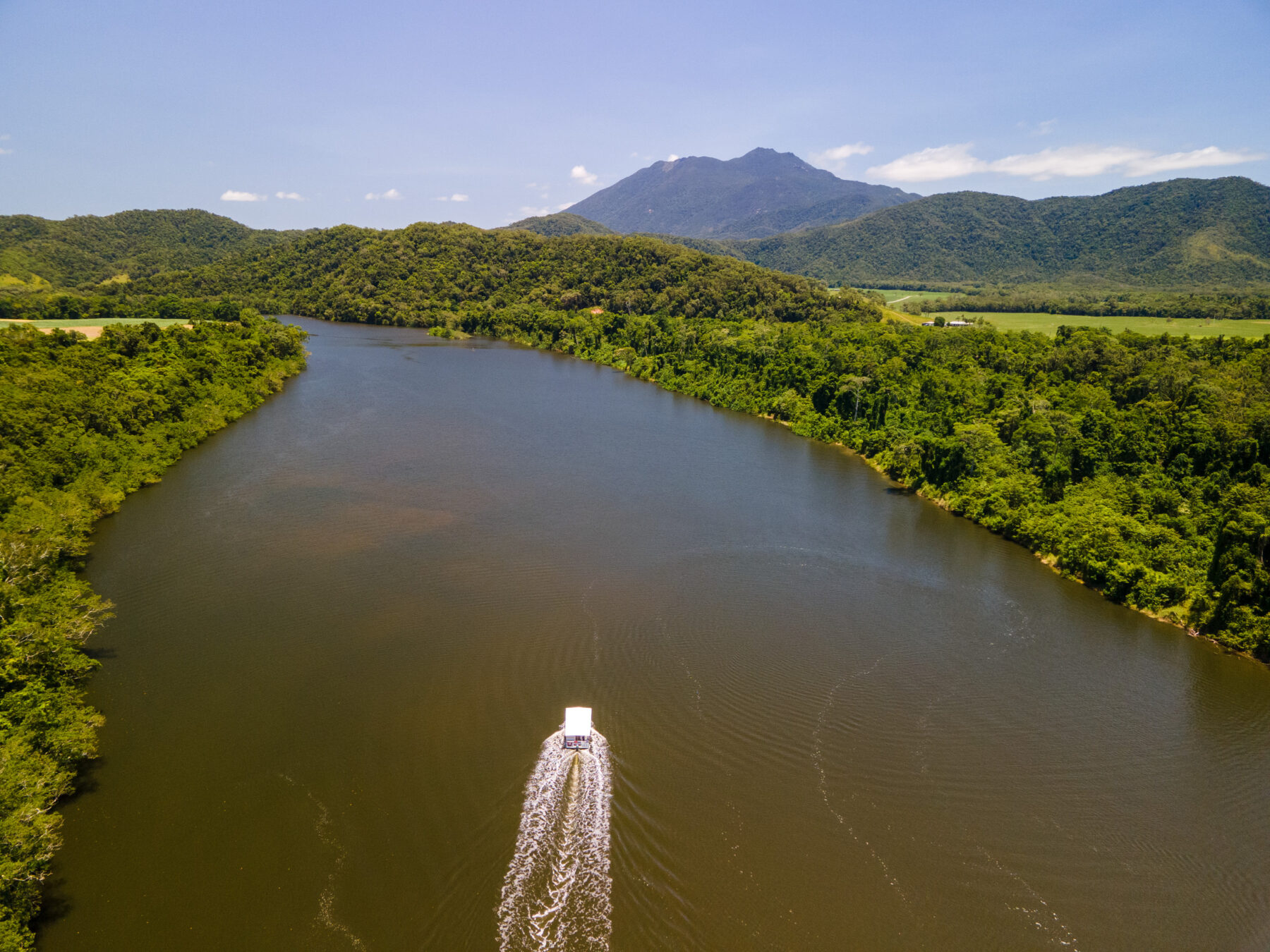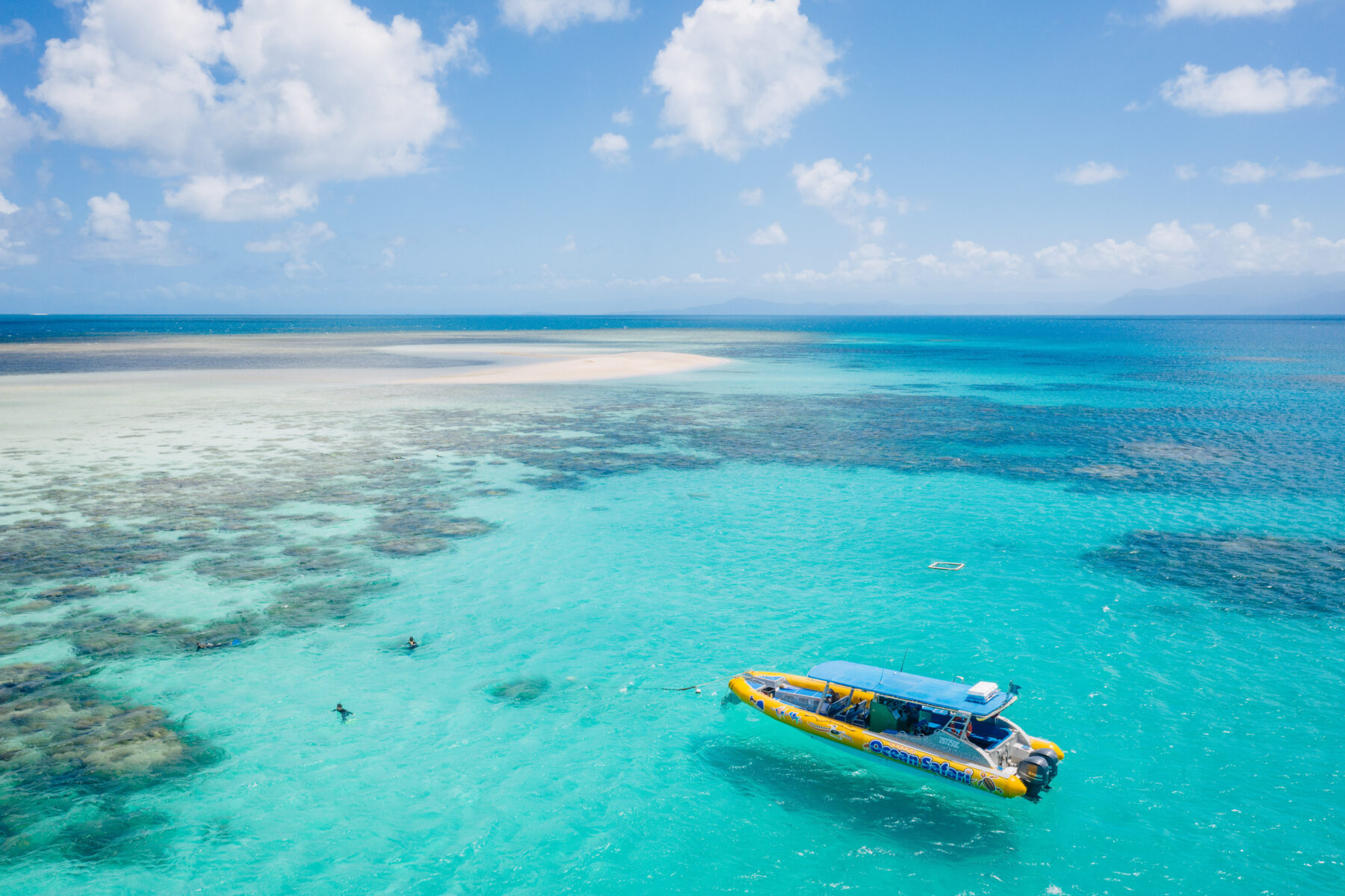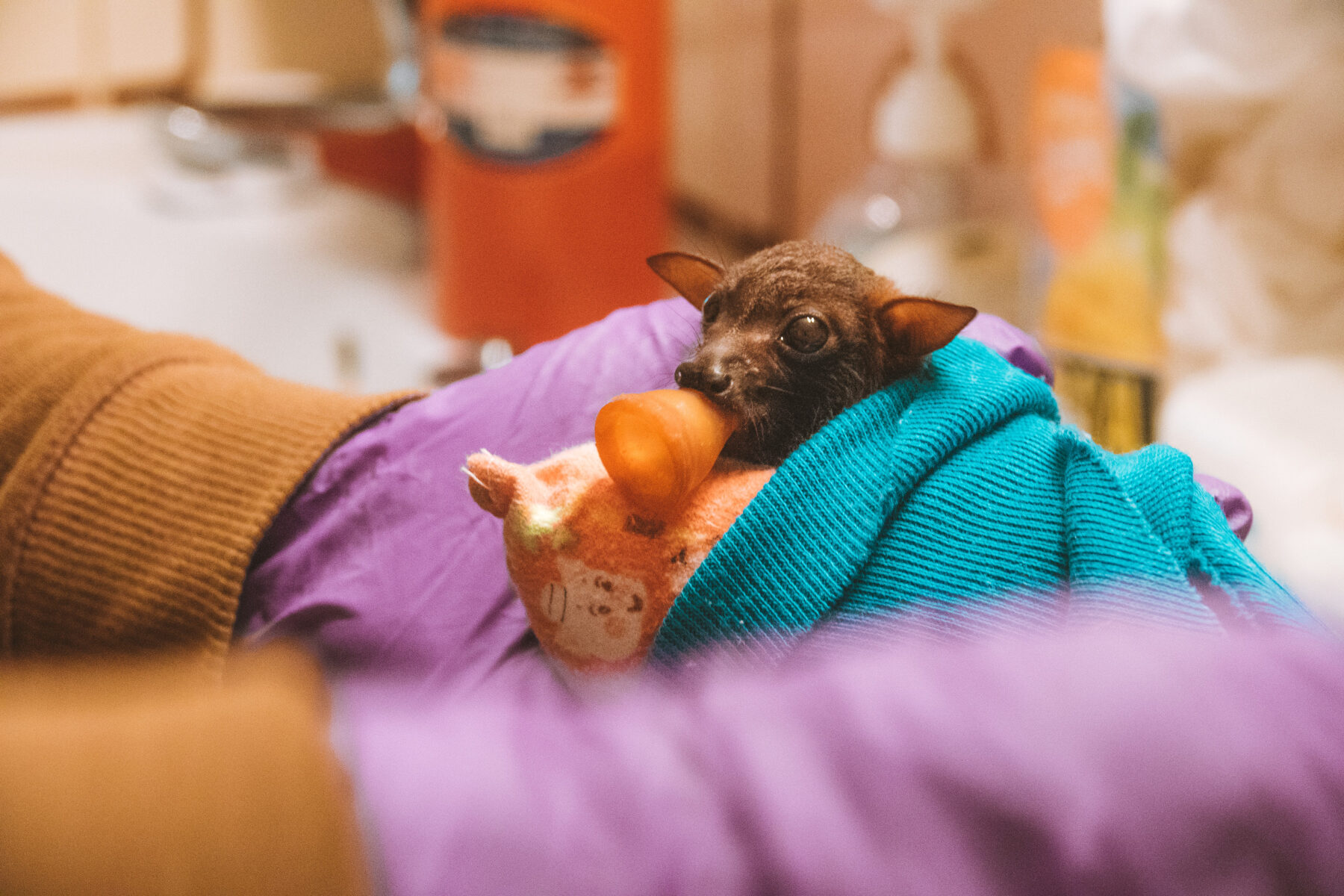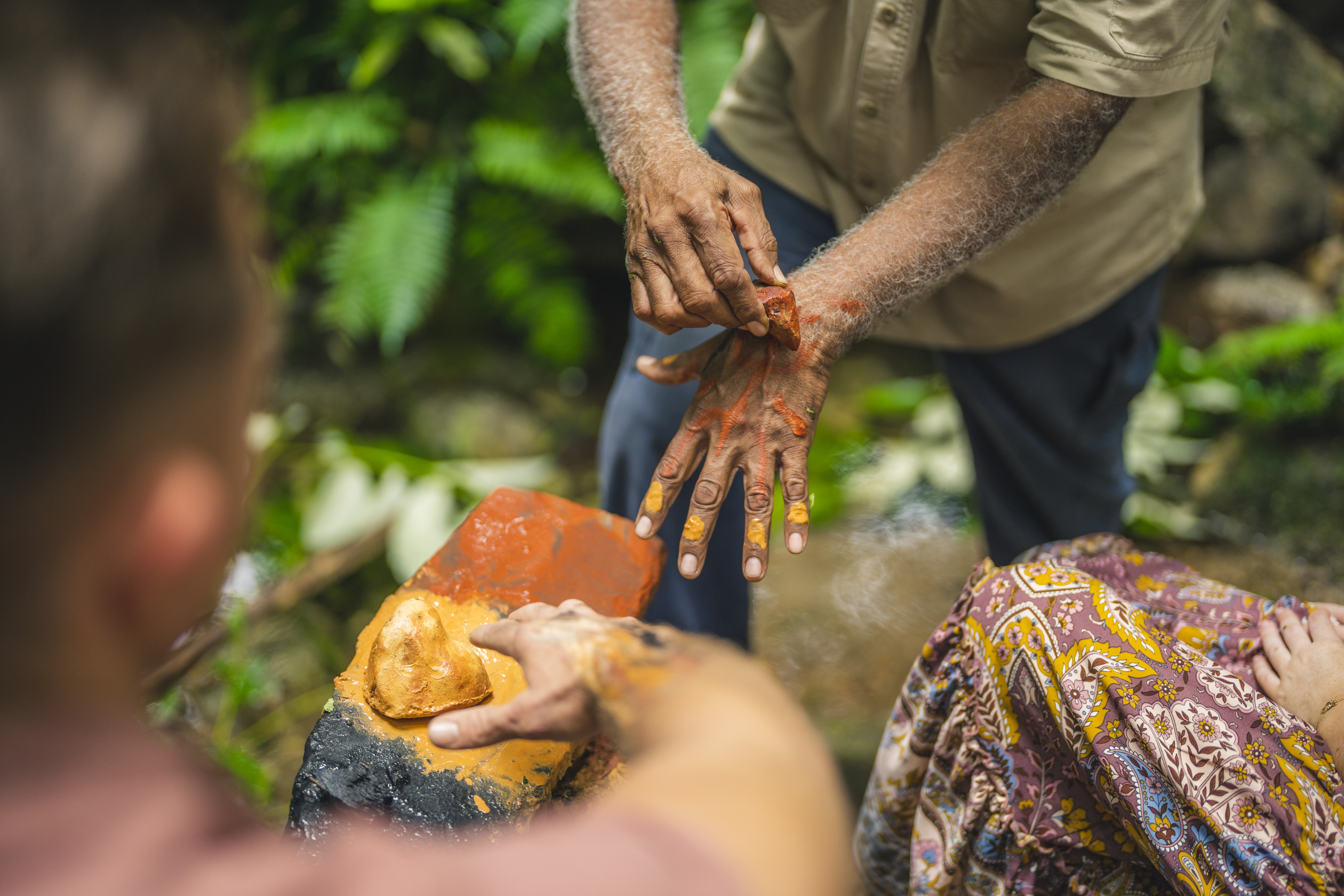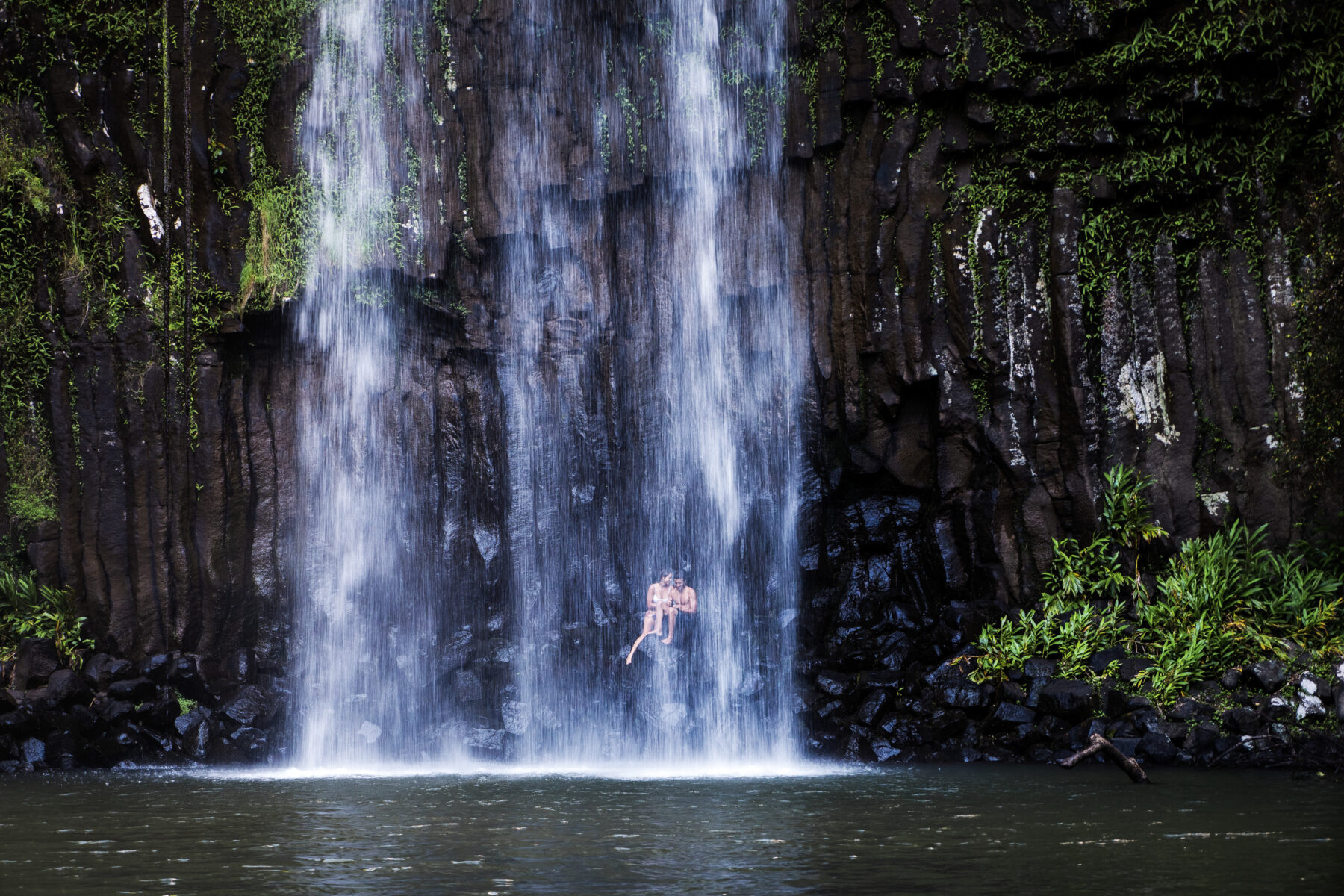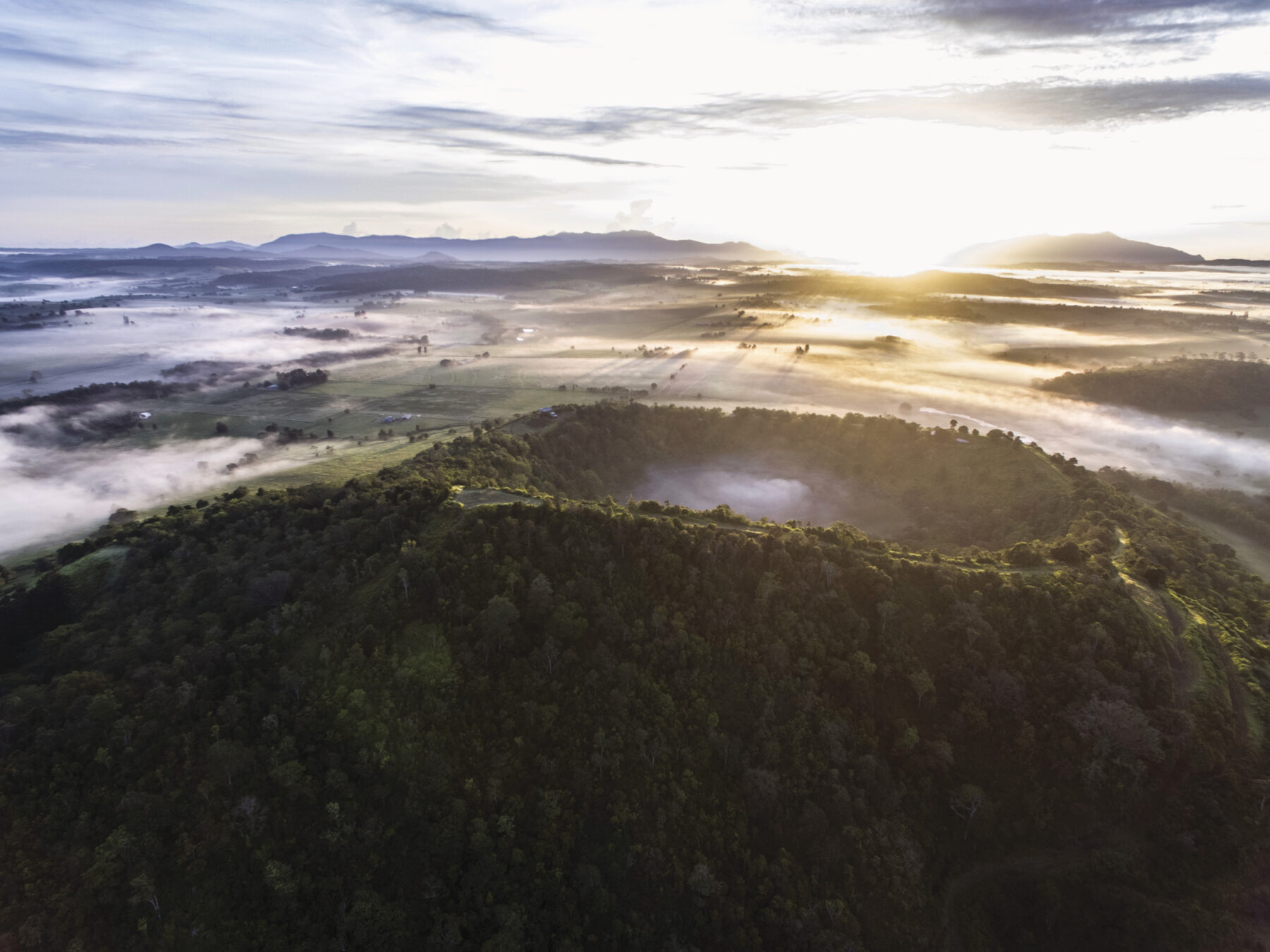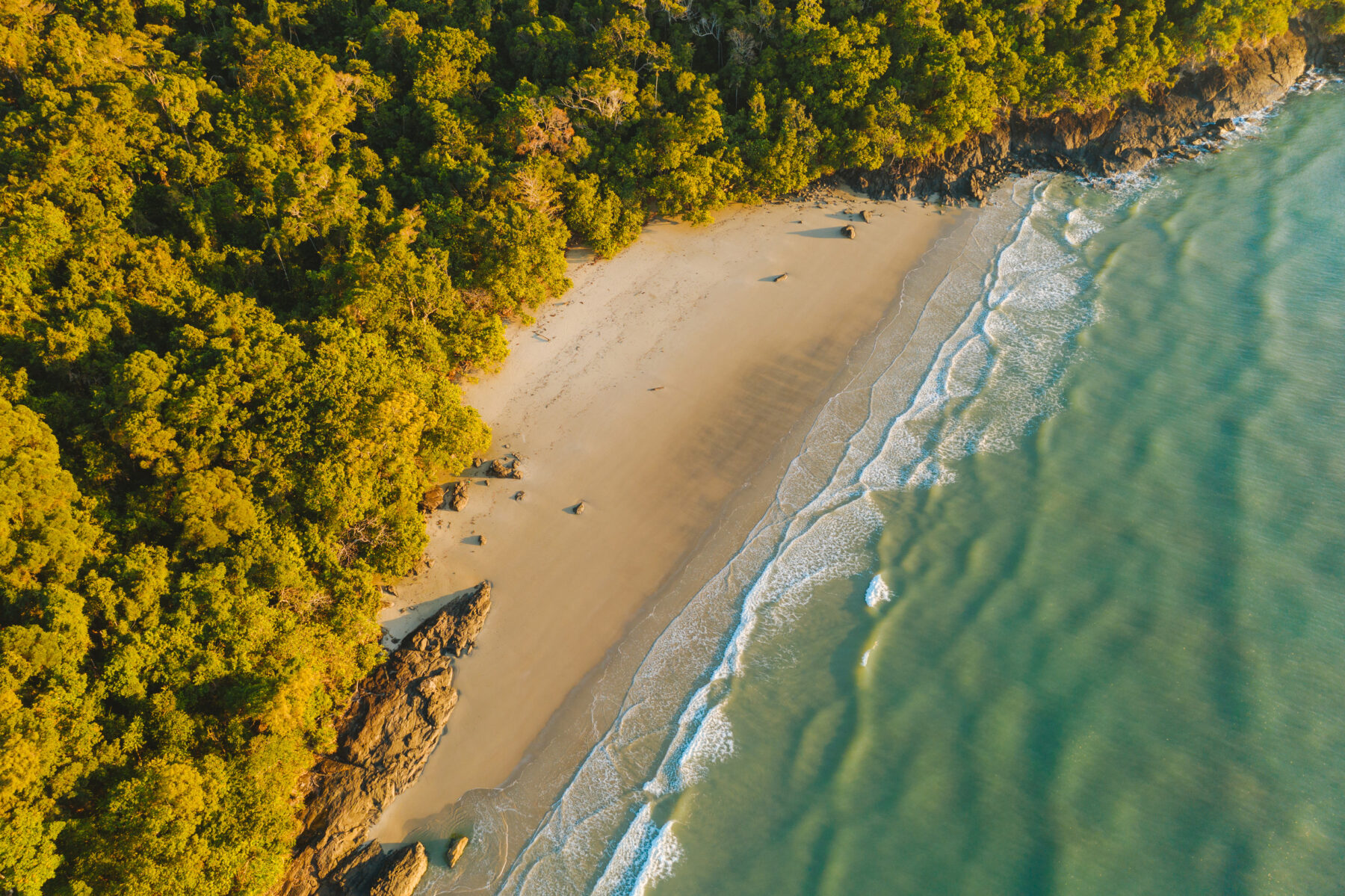A cracking road trip from Cairns

During the initial stages of putting together my self-drive holiday, my itinerary was water logged – I mean, Cairns is the jumping-off point for exploring the world’s most iconic fish tank, the Great Barrier Reef. What I hadn’t anticipated during my planning phase, however, was the abundance of land-based charms Tropical North Queensland offers up on a silver platter. But then, that’s the joy of road-tripping – creating a flexible itinerary with room for lots of deviation!
I had come to Tropical North Queensland for an underwater adventure but found myself equally enjoying the scent of the rainforest, the misty waterfalls, meeting local wildlife and connecting with stories from our ancient land. Cairns is an exhilarating hub for fly-in visitors, with hire cars and campervans readily available for self-drive exploring, and increasingly, popular hybrid and electric car options that lesson our footprint on the planet.
To begin my week, I head north to the tropical rainforests of Daintree National Park. While you can experience it on your own, the best way to absorb what this park has to offer is to take a tour. Bruce Belcher and his family have been operating Daintree River Cruises for more than 32 years, so they know a thing or two about the area and have keen eyes for spotting resident crocodiles and birdlife, with the highest environmental standards at their core. The Daintree Rainforest is home to over 430 species of birds and 23 species of reptiles. Staring into the marble-like eyes of a estuarine (saltwater) crocodile proves a wild way to start my day.
The most popular places to visit in the Daintree National Park are Mossman Gorge and Cape Tribulation. Further north of me, Cape Tribulation is famous for its rainforest-clad mountains bowing down to meet sweeping sandy beaches and fringing reefs, while Mossman Gorge is a breathtaking oasis of crystal-clear cascades tumbling over huge granite boulders, smoothed by the passage of eons.
The Eastern Kuku Yalanji Aboriginal people are the Traditional Owners of Daintree National Park and while visiting Mossman Gorge you can join a local guide to learn about the rainforest and its importance to this ancient culture. Elevated boardwalks provide special opportunities to immerse yourself within the forest canopy and gaze upon the crystal-clear pools below while longer forest treks, such as the Baral Marrjanga track, allow you to wander among the leaf-litter of the forest floor, around tangled buttress roots and beside fluttering butterflies and Boyd’s forest dragons.
My itinerary from this point leaves the rainforests briefly for chic boutiques and the palm-lined promenade of Port Douglas, before hugging one of Australia’s most spectacular coastlines. Turning inland we climb quickly to an elevation of 750 meters and to the historic towns of Yungaburra and Atherton. Flanked by spectacular countryside, crater lakes, waterfalls and extinct volcanoes, there is much here to keep me busy (for days on end), although it’s the shy antics of the platypus I really want to see.
Because platypus are known to be more active around dawn and dusk, I spend many early mornings delighting in the tranquillity of Peterson’s Creek, which wends alongside Yungaburra. From a viewing platform I watch for the tell-tale surface ripples that alert me to a foraging platy – and I’m rewarded with a collection of sightings of these curious creatures going about their daily business.
If you love wildlife, spend some time at the eco-certified Tolga Bat Hospital, home to Australia’s largest bat rehabilitation program. Annually, up to 1000 bats are cared for here and eventually released back into the wild. Together with up-close-and-personal interactions, it gives an educational and insightful look into the importance of bats.
For bird lovers, the extraordinary migratory bird wetland, Hasties Swamp National Park, isn’t far away (4km south of the township of Atherton). More than 220 species of migratory and resident birds have been recorded here, and you can look for them all in the purpose-built two-storey bird hide.
Water and Tropical North Queensland go hand-in-hand, whether that’s diving and snorkelling on the Great Barrier Reef or plunging into one of the many inland streams and waterfalls. The 17km Waterfalls Circuit is easily accessed from the town of Yungaburra and includes one of the most photographed falls in Australia – Millaa Millaa. The heritage-listed plunge waterfall is impossibly perfect – shrouded in rainforest ferns and tropical greenery, and tumbling into a refreshing waterhole. It’s a calming sanctuary where you can swim and picnic.
The final stop on my week-long sojourn is Curtain Fig National Park. I’ve come to see the mighty root system of a large fig tree – it drops 15m to the forest floor forming an impressive, you guessed it, curtain. The park provides vital protection for the critically endangered Mabi Forest (only 4 per cent of the original forest remains), which is home to leaf-tailed geckos – often spotted on the tree trunks – and Lumholtz’s tree-kangaroos, which, with keen eyes, can sometimes be spied in the canopy. Look out too for large-eared horseshoe bats and spectacled flying-foxes.
On my final day in TNQ I head back down the Gilles Range towards the coast. My seven-day immersion has delivered remarkable wildlife, breathtaking scenery and cultural experiences that have the power to change your world view. It wasn’t nearly long enough, and I know I’ll be back. Until next time Cairns…
Start planning your next drive adventure at cairnsgreatbarrierreef.com/roadtrips
This article is brought to you by Cairns & Great Barrier Reef.
